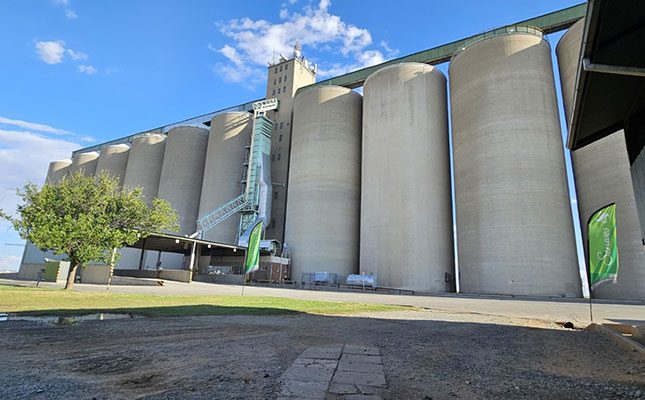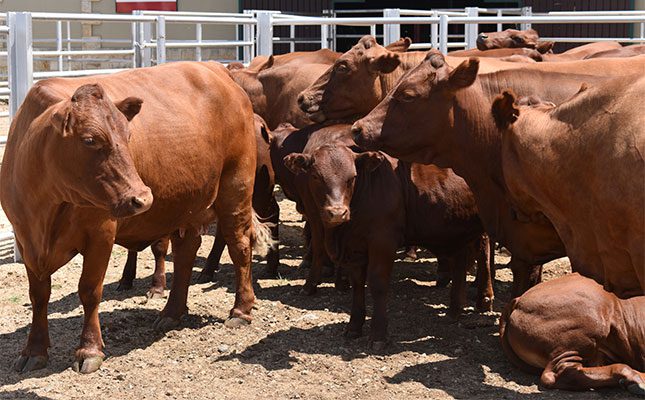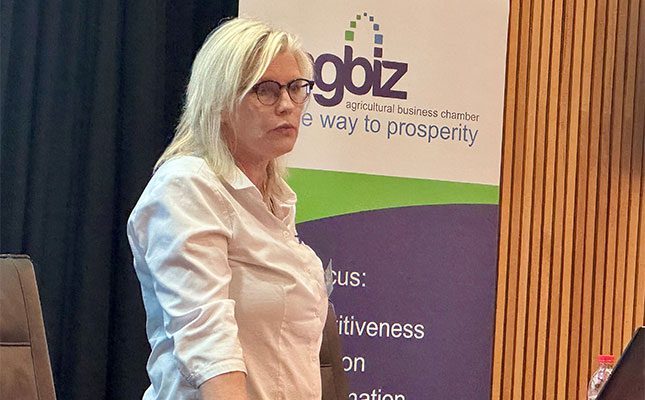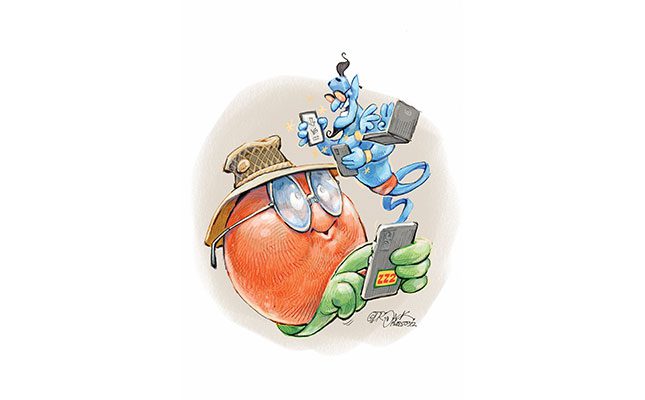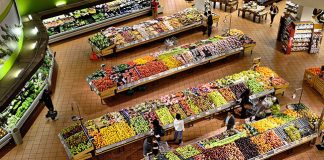
Photo: SAPPO
The Bureau for Food and Agricultural Policy (BFAP) stated in its Baseline 2025 report that between 2019 and 2024, per capita consumption declined for all meat types except for pork, which rose by 4%, reflecting improvements in the relative affordability of pork compared with other meat types as well as increased acceptance in the market.
Looking ahead, the BFAP expected pork consumption to grow by 19% over the next decade, outpacing all other meat protein categories.
Economic pressures on consumers
Consumers, however, remain highly sensitive to meat price increases. In the report, the BFAP cautioned that economic pressure was reversing the upward class mobility that South African consumers experienced before 2010.
The organisation’s data suggest shrinking middle and affluent classes, with a growing number of households falling into lower-income brackets. Population growth, however, continues to drive overall consumption, with pork remaining a compelling value-for-money protein option.
The industry has weathered a significant number of storms over the past few years but has remained stable. Tracy Davids, a director at BFAP, said the pork industry had been among the most dynamic of the livestock sectors.
“Despite intermittent challenges such as listeria, various African swine fever outbreaks, and spiralling feed costs, production has expanded by an annual average of 5% over the past decade, and almost 30% since 2020. This reflects substantial investment in top-class production facilities that improved the sector’s competitiveness and enabled improvements in the relative affordability of pork compared to alternative meat choices,” she explained.
Tapping into growth opportunities
She added that with production increasing and producers needing to get a return on investment for facility upgrades, boosting consumption even further was imperative.
Dr Marlene Louw, CEO of the South African Pork Producers’ Organisation (SAPPO), said a growth trajectory exceeding the BFAP projection of 19% over the next decade was not only possible but well within reach: “We are working hard to achieve it.”
Strategic initiatives, such as SAPPO’s Consumer Education and Assurance programmes, have positioned pork to build on the favourable projections.
Louw pointed to the adoption of a new welfare code and the launch of the ‘Think Smart. Think Pork!’ campaign as examples of initiatives that were adding to the momentum in growth.
“The new welfare code reinforces [SAPPO’s] commitment to ethical and sustainable practices, while our latest consumer campaign highlights the versatility of pork as an option in recipes traditionally associated with beef,” she added.
During SAPPO’s PigX2 symposium held in August in Pretoria, Rob Fleming, founder and director of Incrementum, reported on the market research conducted for the pork industry.
He perceived the industry to be “apologetic” about pork, focusing on the challenges the industry faced, such as animal welfare concerns, disease outbreaks, and cultural preferences, rather than celebrating the protein.
He added that instead of allowing pork to be a commoditised protein with unclear value across its cuts, it must be “beautifully presented” in retail to highlight its value.
“Stop apologising and start positioning pork as a flavourful, everyday family protein that is easy to cook and versatile. Beware of the vociferous minority that only focuses on the negative and keeps us from focusing on the positive. It’s the silent majority we serve,” he explained.
Fleming noted that insights into consumers’ experience of pork provided challenges and opportunities: “People see pork as complicated and difficult to cook, compared to chicken which is viewed far more favourably in this regard.
“But consumers also see pork as deeply satisfying, key to special occasions, and as having a rich, bold taste. They view pork as being value for money, even though it is more expensive than chicken. The versatility of pork is also acknowledged.”
Nonetheless, pork was not seen as an ‘everyday protein’, which would inhibit greater consumption if this perception was not addressed. Putting it into perspective, Fleming noted that regular pork eaters (those eating pork a few times per week) were consuming around 20 times more pork than occasional consumers (those eating it only on special occasions throughout the year).
He added that shifting consumption from occasional to regular would require innovation to present pork as simple and convenient to prepare.
“We need to improve consumer confidence in cooking pork and provide more clarity over the different cuts and how they should be prepared. In-store tastings will help because once consumers taste pork, they love it. TV cooking shows should be considered because this remains the most powerful media to build emotional and mental connection,” he said.
Louw concluded that although the global landscape was unpredictable, the pork industry was an exciting space to be in. “We are poised for growth,” she said.

